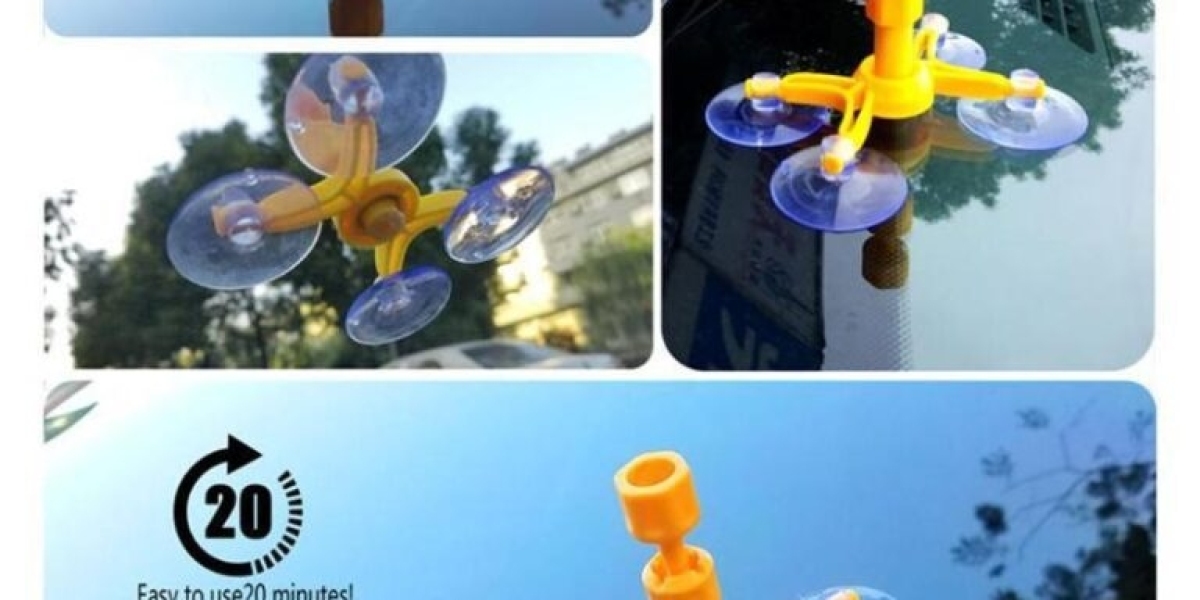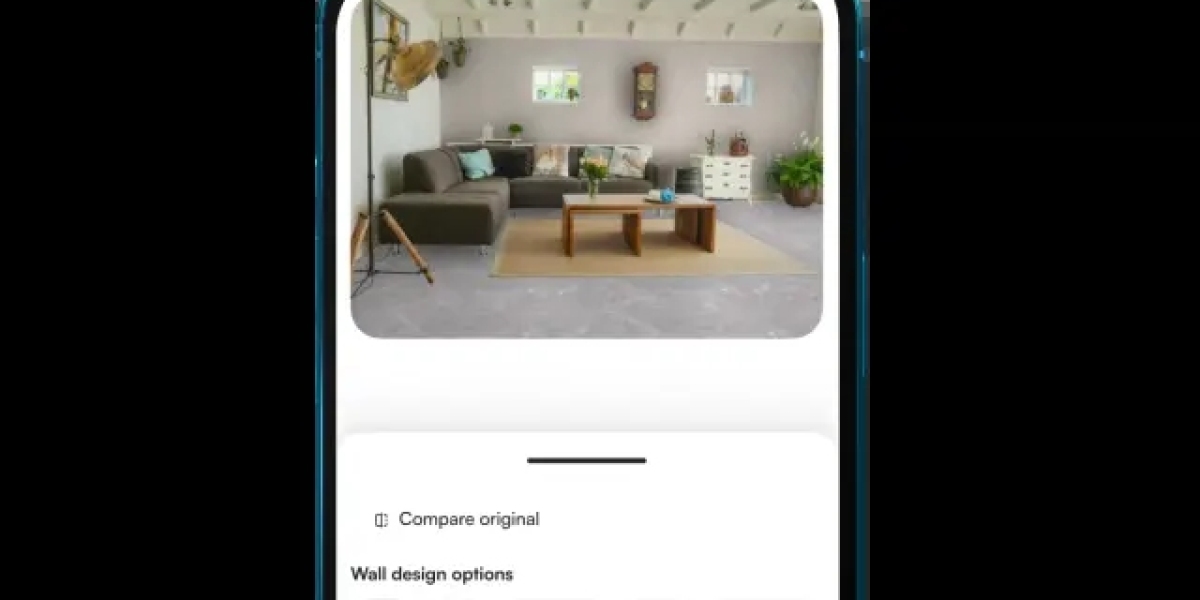Car owners understand the frustration of a cracked or chipped car window. Whether it’s caused by flying debris, accidents, or vandalism, a damaged window is not only an aesthetic issue but also a safety concern. Replacing a car window can be costly and time-consuming, but with the advent of Car Window Glass Repair Kits, minor damages can be effectively repaired at home, saving both money and time. In this article, we explore the benefits, types, usage, and safety tips for car window glass repair kits.
What is a Car Window Glass Repair Kit?
A Car Window Glass Repair Kit is a set of tools and materials designed to fix minor cracks and chips in automotive glass. These kits typically include a resin solution, an applicator, curing strips, and instructions for applying the repair. The primary function of these kits is to prevent cracks from spreading and to restore the structural integrity of the glass.
Most kits are suitable for repairing windshields, side windows, and rear windows, though it’s essential to check the specifications to ensure compatibility with your car model.
Why Repairing a Car Window is Important
Cracks and chips may seem minor initially, but they can compromise vehicle safety and lead to more significant issues over time. Here’s why timely repair matters:
Safety: Cracked glass is weaker and more prone to shattering during accidents or sudden impacts. Repairing the damage reinforces the glass and helps maintain structural integrity.
Prevent Spreading: Temperature changes, vibrations from driving, and external pressure can cause minor chips to expand into full cracks. A repair kit stops this process early.
Cost Efficiency: Glass replacement can be expensive. Repair kits are an affordable alternative for small damages.
Maintaining Value: Damaged windows can reduce a vehicle’s resale value. A repaired window keeps your car looking well-maintained.
Types of Car Window Glass Repair Kits
Car window glass repair kits vary in design and functionality. Choosing the right type depends on the type and size of the damage. Here are the most common types:
1. Windshield Repair Kits
These kits are specifically designed for windshield cracks and chips. They typically include:
UV resin
Applicator bridge
Syringe or injector
Curing strips
They work best for bullseye cracks, star-shaped chips, and small cracks up to a few inches long.
2. Side Window Repair Kits
Side windows are usually tempered glass, which is more likely to shatter than crack. Kits for side windows often focus on minor chips and scratches rather than large cracks.
3. Rear Window Repair Kits
Rear windows are also tempered glass, often with defrost wires. Special care is needed to avoid damaging heating elements. These kits usually include a protective solution to work around the wires safely.
4. Universal Kits
Universal kits can be used on windshields, side windows, and rear windows. They often come with a variety of applicators and resins to handle different types of glass damage.
How Car Window Glass Repair Kits Work
Understanding the mechanism behind these kits helps in achieving effective results. Most kits use a liquid resin that fills the damaged area and bonds with the glass. Here’s a step-by-step overview of the process:
Clean the Area: Remove dirt, dust, or moisture from the damaged part of the glass using alcohol wipes provided in the kit.
Apply the Resin: Using the applicator or injector, fill the crack or chip with resin. The resin penetrates into the glass, sealing the damaged area.
Cure the Resin: Most resins need UV light to harden. Many kits include a curing strip or recommend sunlight exposure for proper curing.
Remove Excess Resin: After curing, scrape off any excess resin to ensure a smooth, clear finish.
The result is a repaired window that is structurally reinforced and often visually clear, although minor traces of the crack may remain.
Benefits of Using a Car Window Glass Repair Kit
Affordable Repairs: Kits are far cheaper than professional window replacement.
Time-Saving: Repairs can be completed at home within 30–60 minutes.
Eco-Friendly: Repairing glass reduces waste and conserves resources compared to full glass replacement.
Convenient: No appointment or towing is necessary for small repairs.
Safety Assurance: Proper use restores a significant portion of the glass’s strength.
Choosing the Right Car Window Glass Repair Kit
Selecting a high-quality kit ensures a durable repair. Consider the following factors:
Compatibility: Make sure the kit works with your vehicle’s glass type (laminated vs. tempered).
Ease of Use: Some kits are designed for beginners, while others require more technical handling.
Resin Quality: High-quality resin provides clearer and stronger repairs.
Customer Reviews: Check user feedback to assess effectiveness and reliability.
Brand Reputation: Trusted brands often provide better instructions and customer support.
Common Mistakes to Avoid
While DIY repair kits are effective, mistakes can reduce their efficiency. Here are some common pitfalls:
Ignoring Large Cracks: Kits are for minor damage only. Large cracks require professional replacement.
Skipping Cleaning: Dirt and moisture can prevent the resin from bonding properly.
Not Using UV Curing: Resin must cure fully to achieve maximum strength.
Repairing at Extreme Temperatures: Very hot or cold conditions can affect resin performance.
Tips for Long-Lasting Repairs
Perform Repairs Early: The sooner a chip or crack is repaired, the better the result.
Avoid Pressure on the Glass: Drive carefully to prevent spreading.
Store the Kit Properly: Keep resin away from sunlight before use to maintain quality.
Check the Repair: Inspect periodically and repeat if necessary.
When to Consult a Professional
While DIY kits are excellent for small damages, professional help is essential in these cases:
Cracks longer than 6 inches
Chips on the edges of windows
Glass with extensive spiderweb cracks
Side and rear windows with defrost wires damaged
Professional technicians have access to industrial-grade tools and resins that provide a stronger, long-term solution.
Conclusion
A Car Window Glass Repair Kit is a convenient and cost-effective solution for minor glass damage. By understanding the types, usage, and proper techniques, car owners can restore the structural integrity of their windows and prevent further damage. While DIY kits are not a substitute for professional repair in severe cases, they provide a reliable first line of defense against costly replacements.
For any car owner, keeping a repair kit on hand can save money, maintain safety, and ensure your vehicle remains in optimal condition. Whether it’s a minor chip from a road stone or a small crack caused by sudden impact, a repair kit is an essential tool for proactive vehicle maintenance.
FAQ
Q1: Can all car windows be repaired with a kit?
A: No, kits are mainly for small cracks and chips on laminated windshields. Tempered side and rear windows may require professional replacement if severely damaged.
Q2: How long does a repair take?
A: Typically 30–60 minutes, depending on crack size and resin curing time.
Q3: Are repairs permanent?
A: Repairs restore strength and clarity, but very large cracks may still require professional attention.
Q4: Can I drive immediately after repair?
A: It’s best to wait until the resin fully cures, usually 15–30 minutes in sunlight, to ensure durability.
Q5: How much does a repair kit cost?
A: Kits typically range from $10 to $40, making them significantly cheaper than professional replacement.








